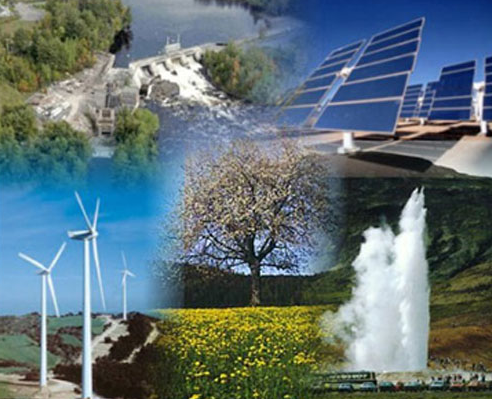The previous two articles in this series have focused largely on how non-renewable energy sources affectCanada’s energy security in the long term. In addition, last week the lowering production cost of certain forms of renewable energy was discussed. In the final part of this series on Canada’s energy security, the cost of renewables will be discussed in order to examine how this form of energy is developing.
The various costs of renewable energy in Canada have direct repercussions for both producers and consumers. In Canada, the facilities that generate electricity for consumers include coal, oil, natural gas, nuclear, hydro,and other forms of renewable or green power sources. While non-renewables still dominate the market share of energy investment in Canada, many hope that this will change with better production costs that make Canada a more attractive investment.
market share of energy investment in Canada, many hope that this will change with better production costs that make Canada a more attractive investment.
Indeed, for renewable energy specifically, production costs have been lowering. Not only are the materials getting cheaper and more readily available as their popularity and demand rises, but government incentives are attempting to make clean energy alternatives a more attainable goal. For example, in Ontario there are provincial subsidies and incentives through the Green Energy Act and the Ontario Feed-in Tariff (FIT) program, which plans to “encourage the development of renewable energy technology, attract investment, and create new clean energy jobs.” The long-term sustainability and financial incentives of the program is what makes it attractive to producers.
This applies to all forms of renewable energy that is sold to the province through these producers, be it wind, solar, bio, or hydro-powered electricity. Further, there are incentives and programs tailored for specific companies. For example, Enbridge is under the High Performance New Construction Program (HPNC), which offers incentives for offsetting the cost of energy-efficient measures.
The issue with this is the fact that the reduced costs for producers do not always filter down to the consumer. Hydro is abundant and ultimately the cheapest option for consumers, but this is not always the case when examining the other alternatives. For example, last year there was backlash due to expensive electricity bills despite financial incentives to green energy producers. The Ontario government eventually cut a significant amount of funding to that program in order to keep energy costs low for consumers.
These issues do not only stem from domestic issues- international companies who have invested in Western markets are being affected as well. As attracting foreign investment in Canada’s green energy markets is a highly sought after business from many perspectives, the effect of regional market trends around the world affect Canada’s renewable energy sector greatly. 
Furthermore, all of the above initiatives need back up from non-renewable energy sources such as coal, oil, natural gas, and nuclear energy. Even with hydroelectricity’s abundance, it still requires back-up from less green alternatives.
Especially given how long Canada has to go before it catches up with other global leaders in renewable energy, there are still many roadblocks for this optimistic alternative to non-renewable energy sources. Given the risks associated with every form of energy production with respect to energy security, there is not an obvious solution to the problem.
Non-renewable energy sources like oil, gas, coal, and nuclear options have their environmental impacts and face a decreasing amount of demand as our biggest importers of energy focuses on self-sufficiency and green energy alternatives. Turning to these alternatives in Canada also pose risks, however, as higher consumer prices make renewable energy less attractive than the status quo.




